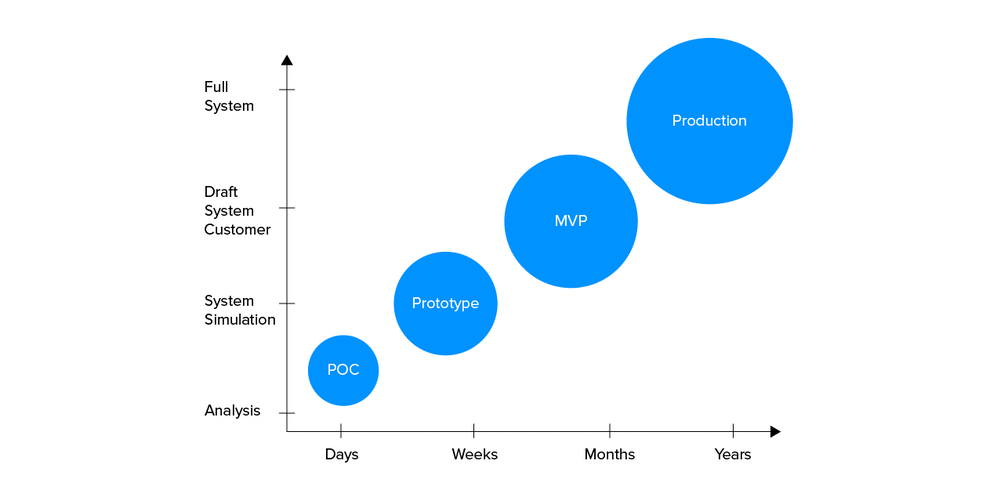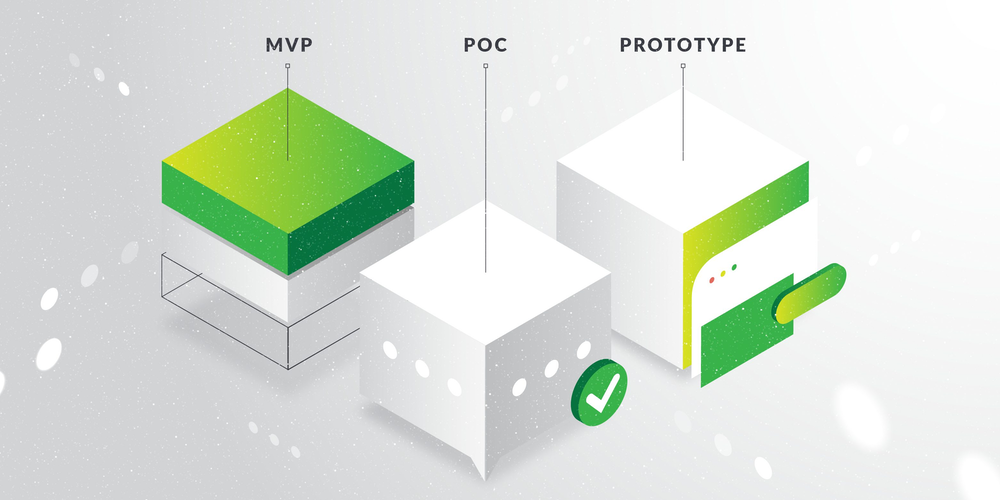New products are constantly entering the market from both new startups and large corporations. In an environment where change is the only constant, you can’t afford to go shopping for too long. However, it can take years to create great products and a lot of cash and resources. Some companies can afford it, but many cannot. This brings us to the concept of developing a prototype and an MVP with mvp development startups.
According to Wikipedia, MVP is a story of goods with sufficient characteristics to provide early customers and give feedback for future goods development. Unlike MVPs, prototypes usually don’t obtain it to the market but remain in the client’s hands. Prototyping can assist you in making an impression of how real people will associate with your goods. The development team can collect client feedback, cause modifications to the model, or create a distinct one.
Prototype and MVP to attract investors and customers
With a prototype, you can attract investors and potential customers and later create an MVP from it. In an ideal world, it seems like this:
Prototype (s) -> MVP -> Product
However, even with the most useful tools and support, a model or MVP benefit is not guaranteed. Of all the good products we all know and love, many more prototypes didn’t get the success as expected or didn’t even hit the market. In addition to industry-specific issues (such as regulations), several common mistakes can be easily avoided.

I recently participated in Design Sprint, which resulted in a prototype. During and after Design Sprint, we encountered and avoided common mistakes that could lead us to abandon our prototype and, ultimately, the product idea. This is why I tried to compile some of the common mistakes and pitfalls associated with prototyping and MVP.
Let’s take a look at the list.
Common mistakes during prototyping/building MVP, and how to withdraw them?
Withdraw function/scope creep and don’t try to make it perfect from the inception. The prototype should be fairly affordable to create and easily changeable upon request. At some point, you require to decide whether to drop it or go on to the following step:
- Chat with many people, plus accumulate feedback. Also, if you don’t have clients yet, you can obtain other people to get their opinion. The sooner you get feedback, the more comfortable it will be to review your views, including making changes if necessary.
- Don’t overestimate or underestimate opinions that differ from most opinions. Also, the reviews you accept from different people, the more likely you are to get opinions that go in a different direction. On the one hand, a rare opinion can reveal something that you did not already know. On the other hand, a rare opinion can also be due to poor compatibility.
- Read the signs. Not every prototype should eventually become a genuine product. Sometimes it’s also helpful to find out what people don’t want. But if your prototype has excellent feedback, you should continue in that direction.
- Keep people involved. If people like your prototype or MVP, you should keep them posted. Schedule appointments or automatic notifications to give them a rough idea of your plans. Show them your appreciation for their interest and support and use python development.
Ask the right questions, and don’t overwhelm your interlocutors. Yes or no questions are easy to answer, but they don’t provide much valuable information. Questions are much more helpful because they help identify needs that even potential customers may not yet be aware of.
Let us know if this article helped you in understanding prototype and MVP better. Share your comments.
